Minorca – An Island Journal

Hello friends, in this post I want to talk about my visit to Minorca, one of the Balearic Islands, which belong to Spain. The Balearic Islands are made up of four islands: Mallorca, Ibiza, Formentera and Minorca. Minorca is the last island I’ve visited. Naturally we started our journey in Mahon, the capital city. The name of the city comes from Hannibal’s brother, who was a general. After being defeated in the Punic Wars in the 2nd century BC, he sought refuge here.

This island actually has quite a dense history. It was held by different powers in different periods. First the Carthaginians were here, then the Spanish arrived. After that the Moors, an Arab people from the Maghreb, came to the island, which was later taken back along with the other islands during the Reconquista in 1287. Later on, the Ottoman navy reached the area and took around 6000 people from the island to Algeria. During the War of the Spanish Succession, the island was taken by the joint forces of the British and Dutch navies and came under British control. After that, the French governed it for a short time, about 7 years, before the British took it back again. The island changed hands a few more times before finally becoming a permanent part of Spain.

During Franco’s era the island had a politically complex structure. Although the locals supported the republicans, Franco’s supporters took control. In general this was a place where many dramatic events took place. Today, however, it is a tourist paradise. Its geography also looks slightly different from the other islands. There are very narrow inlets, almost like Norwegian fjords. The capital Mahon is located on the edge of one of these fjords.
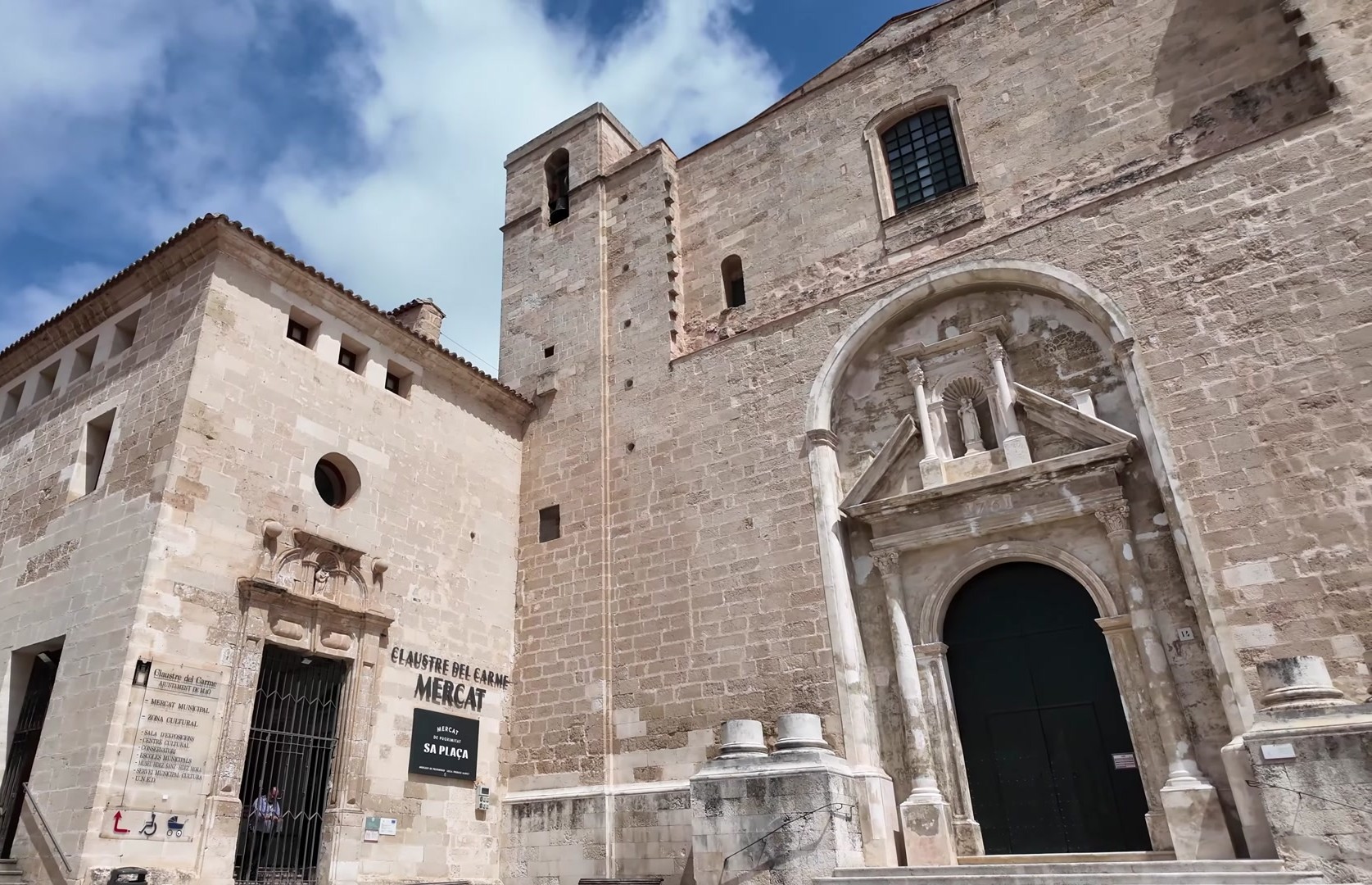
Even if you, like me, don’t know much about Minorca’s history or didn’t know Mahon is the capital, you probably recognize this: it’s the birthplace of a world-famous sauce. The name of the sauce is mayonnaise. In fact, its real origin is Mahon. When the French came here, they discovered the local aioli sauce and called it Mahon sauce. The French word "mayonnaise" spread around the world from there. So the sauce we all know actually comes not from France but from Mahon, the capital of Minorca.

I can say there aren’t that many places to visit in Mahon. There are a few markets, a few cathedrals, of course including the Cathedral of Our Lady and the Teatro Principal de Mahon. Interestingly, this theater is the oldest opera house in Spain. There are lots of historic streets. The buildings look great in photos but appear more ordinary in real life. It’s said there used to be a casino here but now it seems to be closed. Also, Mahon is a city highly sensitive to violence. If you're in danger, they say you should blink twice and come to Minorca.


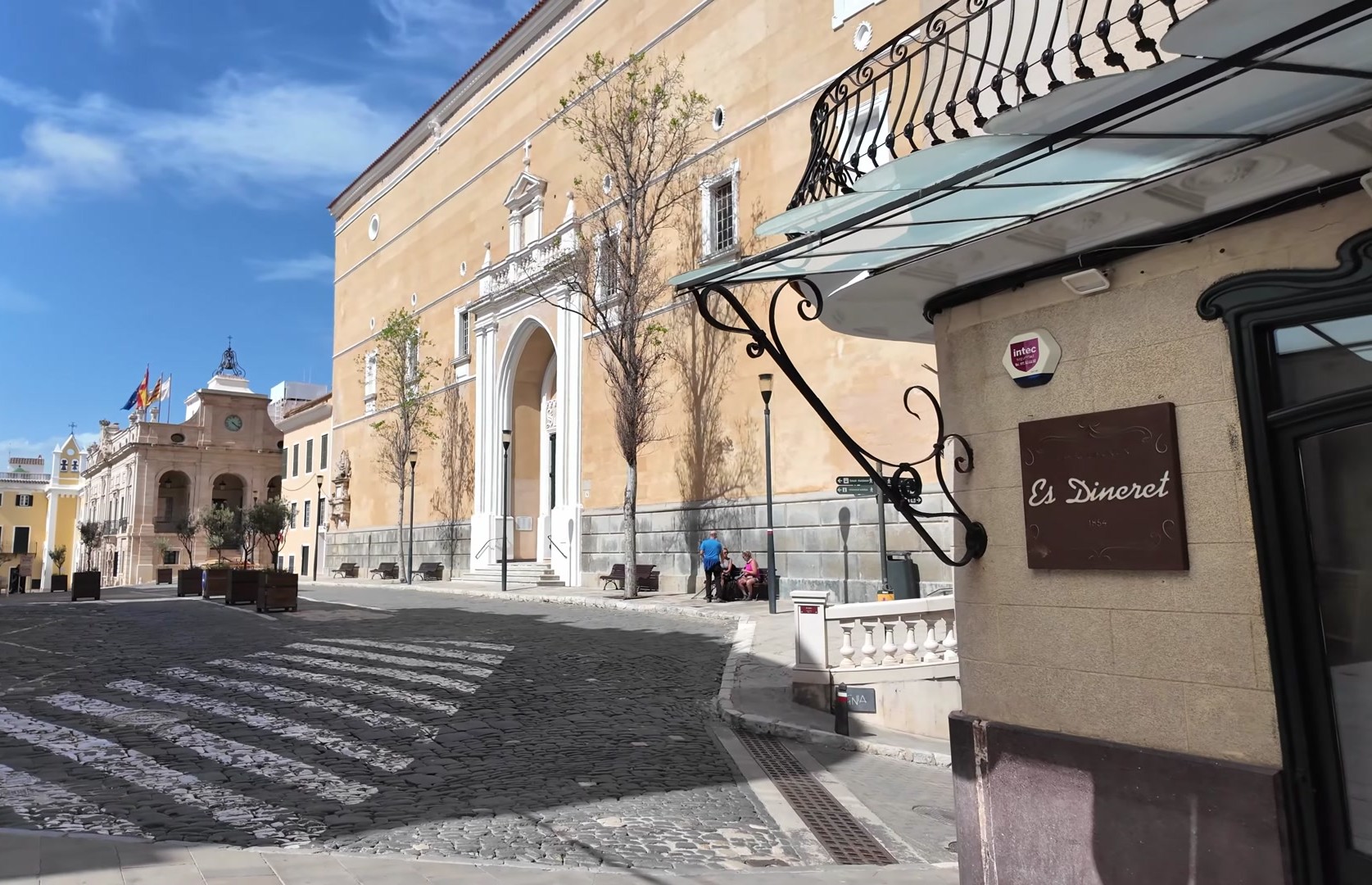




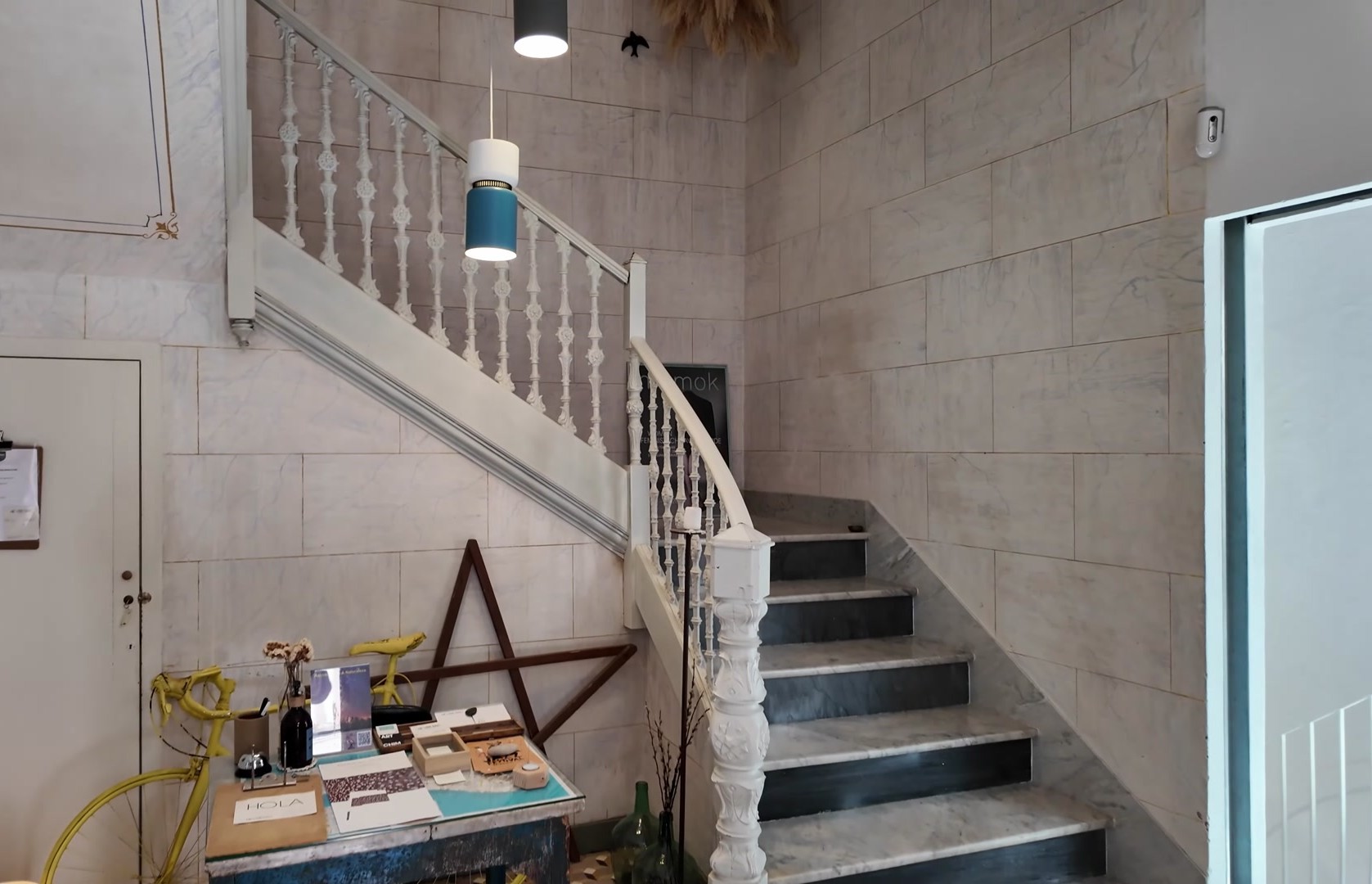

We followed the coast a bit more and reached a small town called Castell. It’s considered a suburb of Mahon. From there we got back on the boat and crossed to the bay. This bay is one of the longest natural harbors in the world, about 5 kilometers long. We passed by a small island called Lazaretto, which used to be a quarantine hospital. Ships coming from distant voyages would stop here. Everyone was taken to the island first, so diseases wouldn’t spread elsewhere. Cholera, smallpox, typhus and spotted fever were among the many epidemics brought here.




The name lazaret comes from Saint Lazarus. This saint’s name is also associated with spotted fever. The quarantine hospital was active for about 100 years, from the 10th century until the early 20th century. When a ship arrived, everyone and everything on board was unloaded. Everything was checked. In suspicious cases, people were taken in and the quarantine process began.

By the way, the word quarantine means forty days, referring to a 40-day isolation period. Not only those suspected of being sick but also those definitely ill had to follow these rules. One building here was used for cleaning animals. Another one housed the senior staff of ships. Strict controls were also in place to prevent theft or loss of goods during this process.

After this area was no longer used as a quarantine center, it served various purposes. First it was a military base. During Franco’s regime, republicans were brought here and it became a prison. Later, it was used as a vacation center for civil servants. A pool was built by the dock. There used to be a bar here and people would relax and enjoy the sun, a much better situation compared to the former quarantine victims.












Continuing my journey, I reached a watchtower called Filipetta, followed by the Fortress of Isabel II, also known as Mola. There is also a lighthouse here, located at the easternmost point of Spain. It’s hard to believe that we’re only about 400 kilometers away from Sardinia, Italy, even though we’re so focused on the west. There’s also an island we could see but couldn’t visit: Illa del Rei. This island once had a British Navy hospital. Later it was converted into a modern art gallery. The garden here was designed by Piet Oudolf, the same person behind the High Line project in New York. The gardens are very special, but unfortunately the gallery is only open from late May to October. If you get the chance to come here, definitely visit and tell us about it.
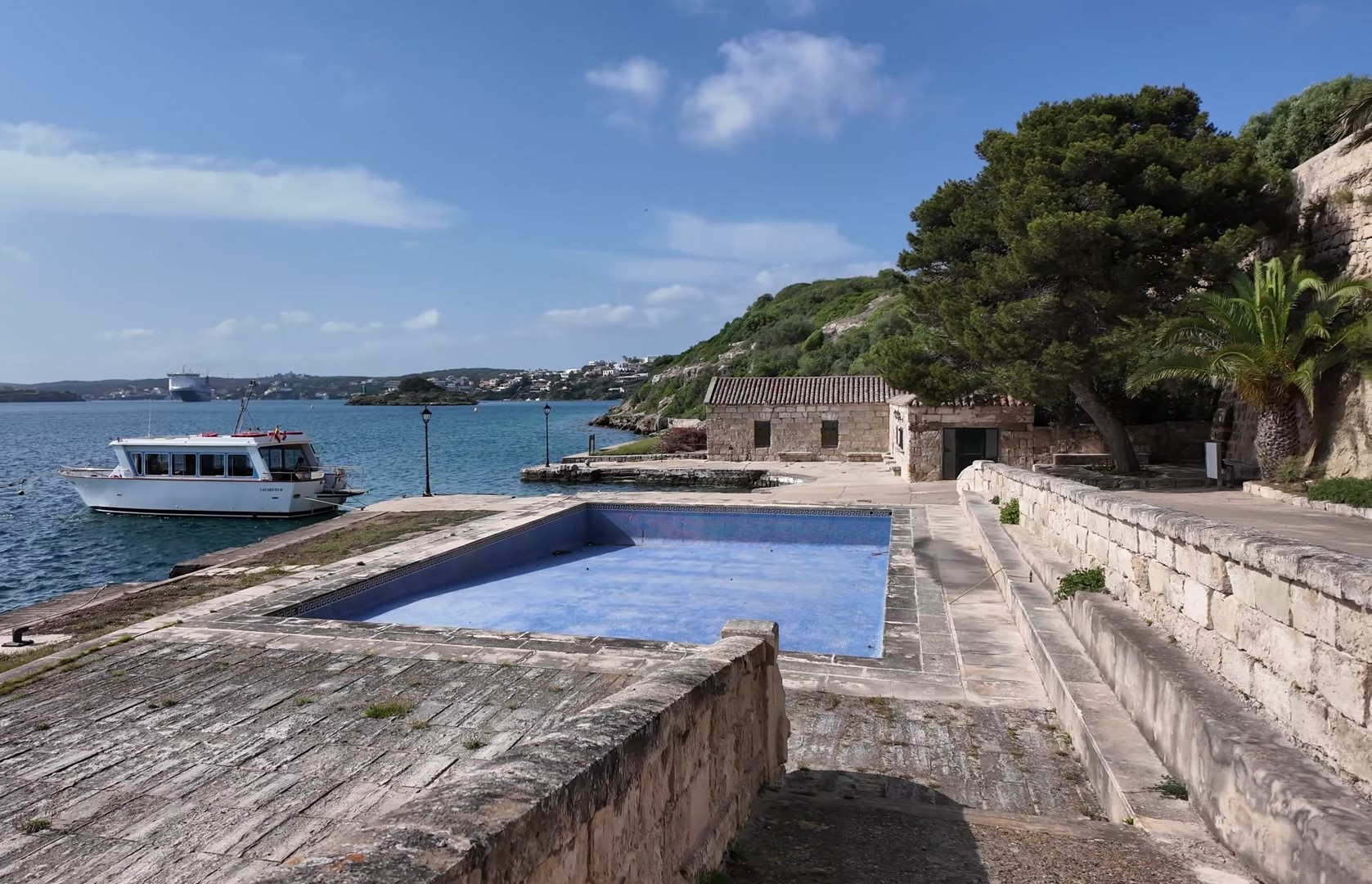


Then we reached a small town called Alaior. There are a few places worth seeing here. First, we visited the cultural center located in the Monastery of Saint Diego. Construction of the building began in the 15th century. It started as a single-story structure. Later, a huge water cistern was dug out and the stones were used to add a second and third floor. Rainwater is collected from the roof and the cistern can hold about 800,000 liters.
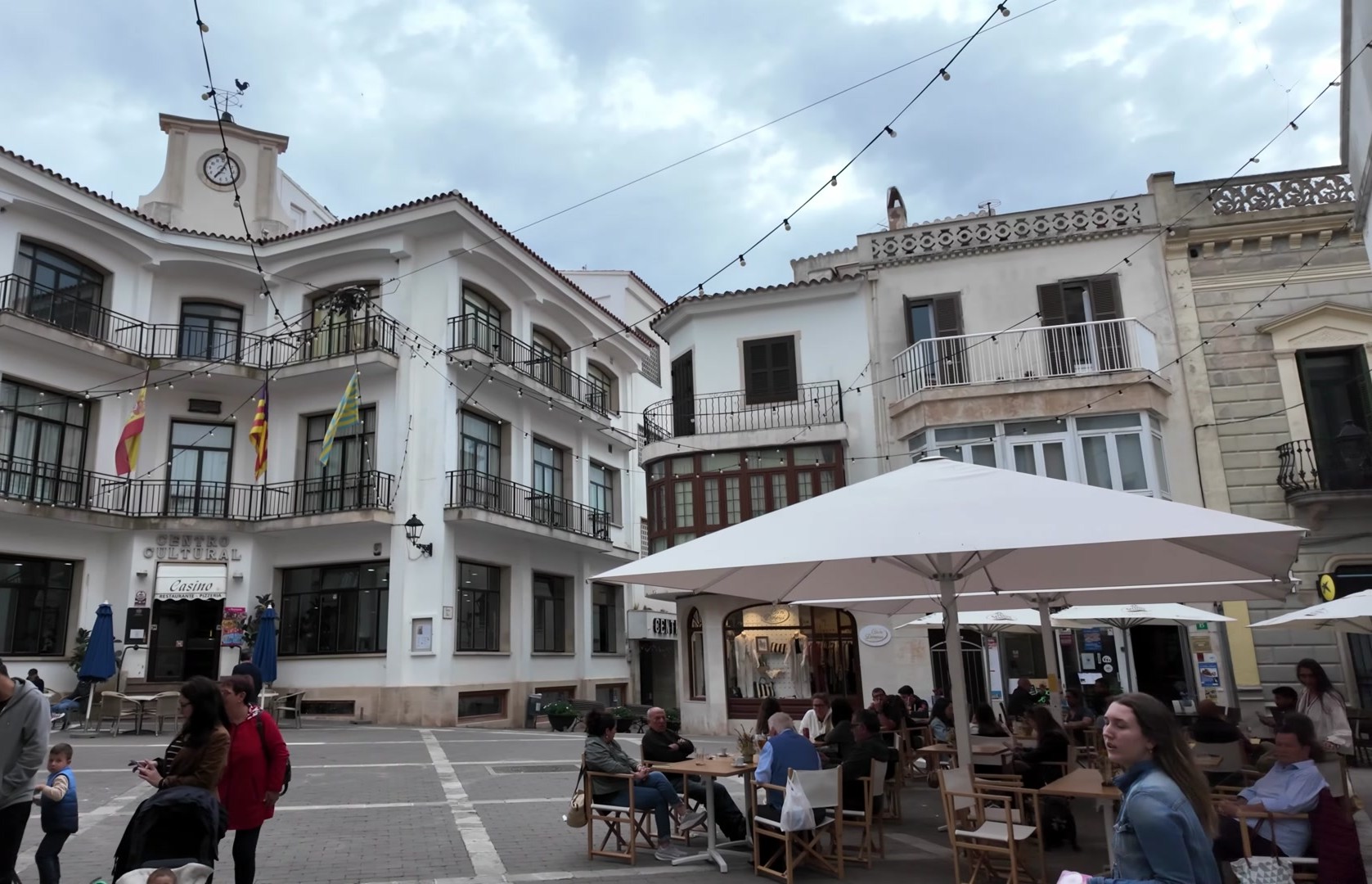
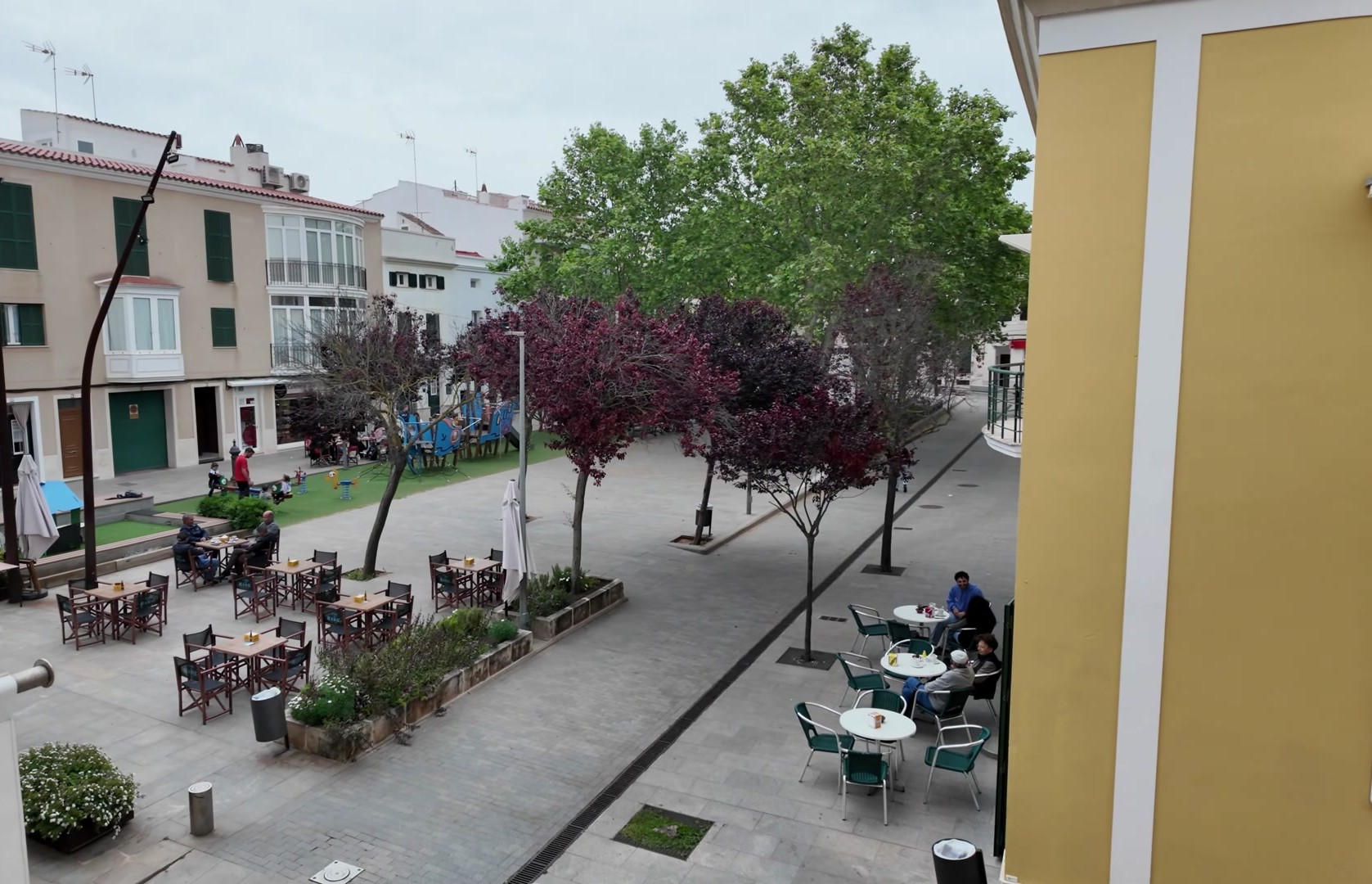



The monastery was among the properties seized by trustees in 1835 and the Franciscan monks were expelled. Over time it was repurposed several times: first a military depot, then a slaughterhouse, shoe factory, jewelry workshop and even residential housing. In the 1990s, it was declared a cultural heritage site by UNESCO and purchased by the government. All residents were removed and major restoration work was done. Frescoes were cleaned and some parts restored. However, the church section was too damaged and couldn’t be rebuilt. It’s now used as a conference room, but you can still feel the original layout inside, the entrance, altar and choir area are still visible.






You can enter the monastery courtyard for free. A short video and the water cistern can also be viewed at no cost. If you want to see the exhibition, you can enter for five euros. One standout exhibit is the shoe factory. The factory had a large production capacity and met not only the island’s but likely the neighboring regions’ shoe needs. In the 1940s, it employed up to 3,000 workers. I’ve never seen such a detailed museum about shoe production. The machines and stages of production are on display. Some models still look quite modern.






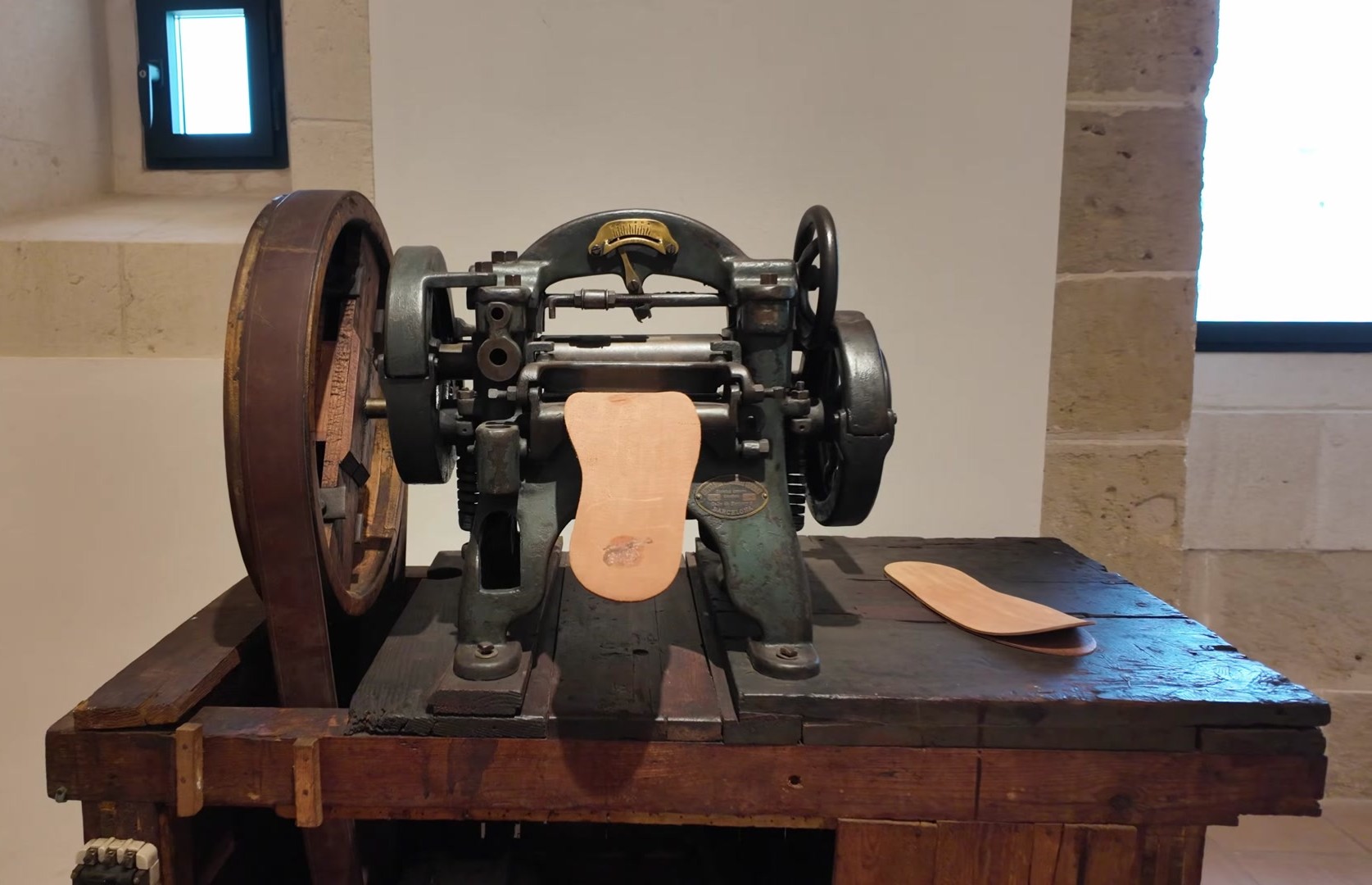

Another section is dedicated to agriculture. Historical farming tools and the planting and harvesting process are shown. The agricultural sector here is quite developed. There is both crop and livestock production. Minorcan steaks are especially famous. I had a chance to try them and they were delicious. Grapes are grown in the Binibeca region and wine is made there.






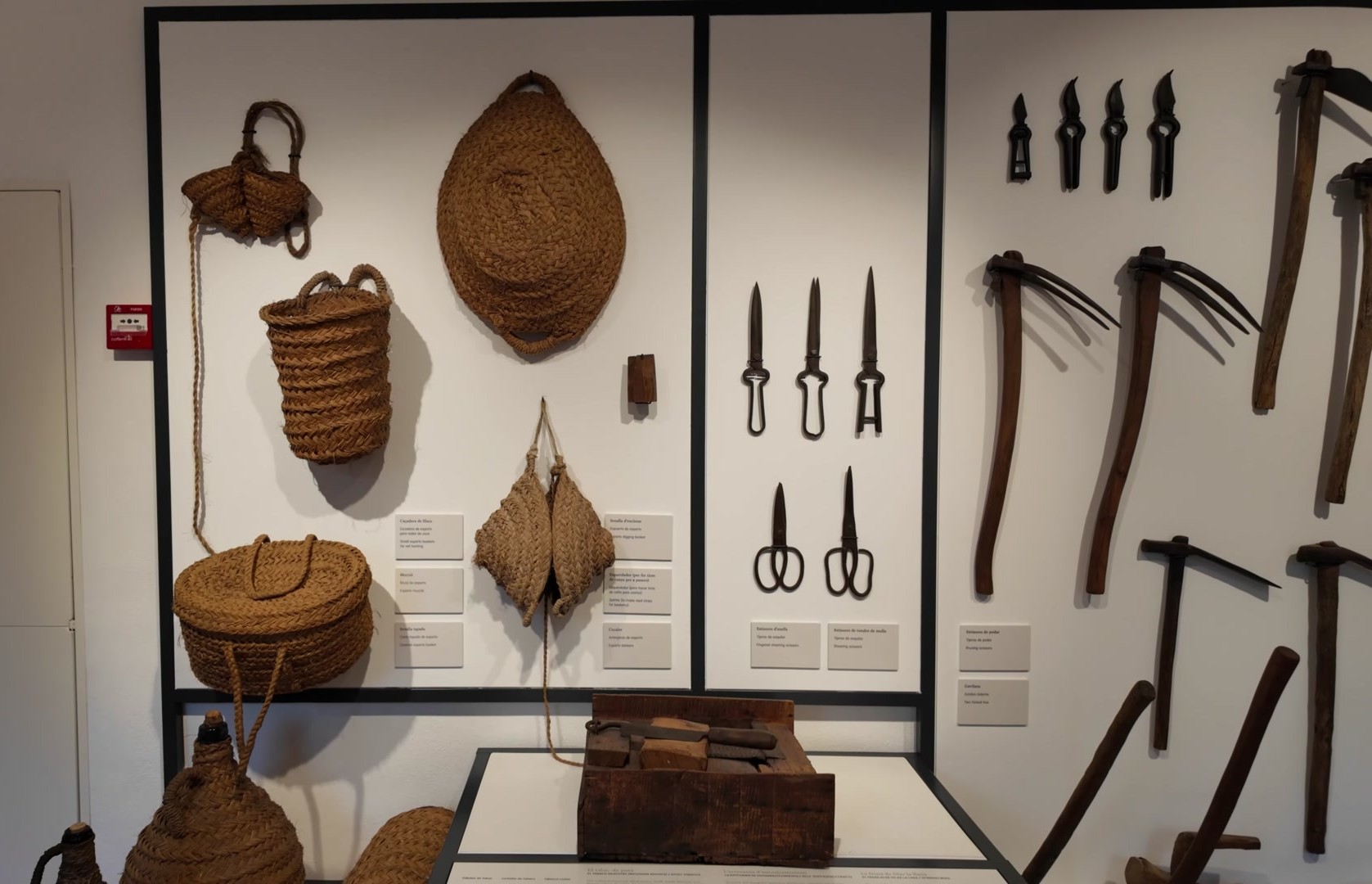

On the top floor there is an exhibit about Minorcan cuisine. It shows how Spanish, French and British cultures have influenced the island’s food. Especially in the 1700s, when the island was under British rule, jenever became popular here. If you visit, don’t forget to try these things.
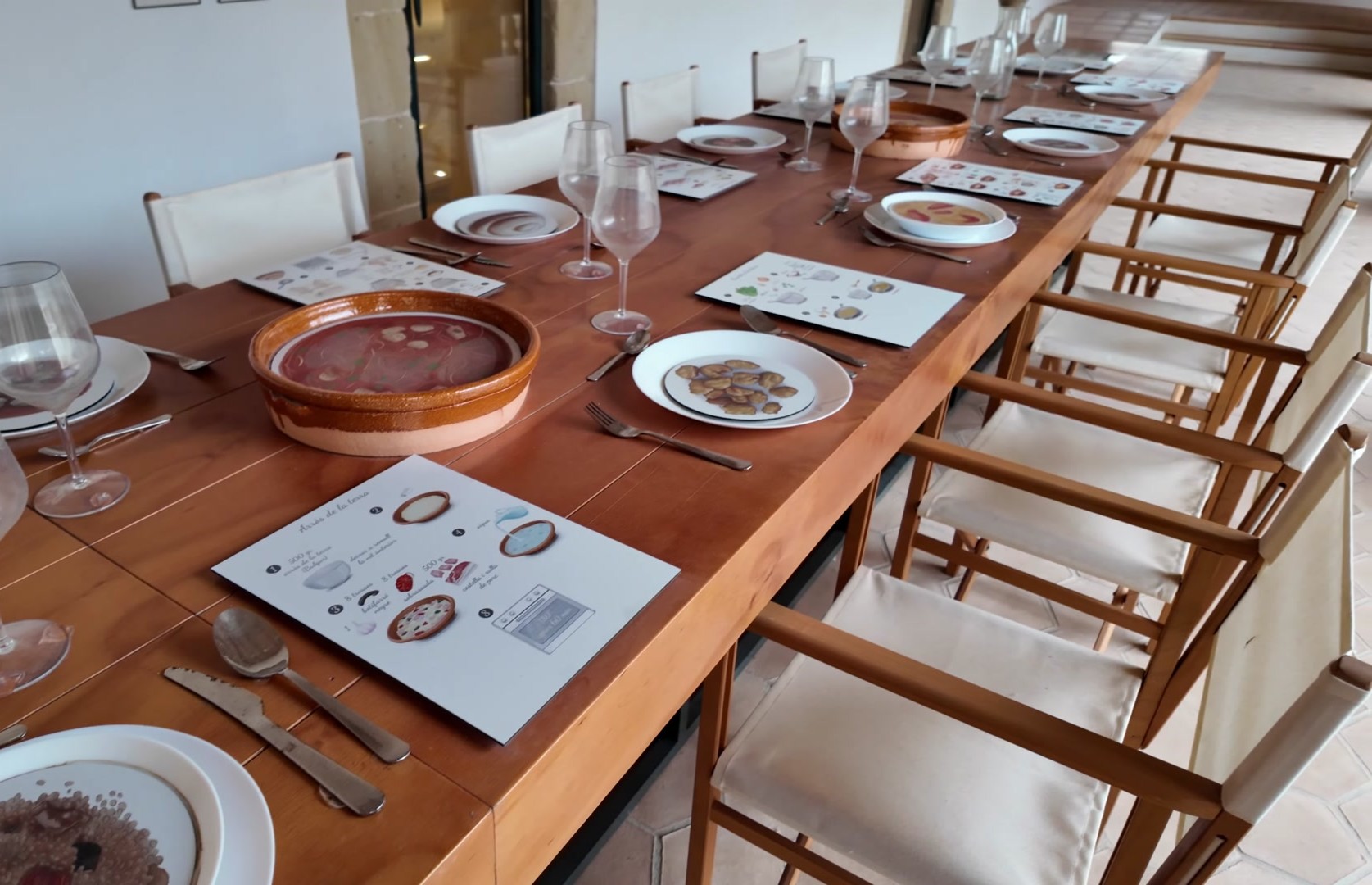

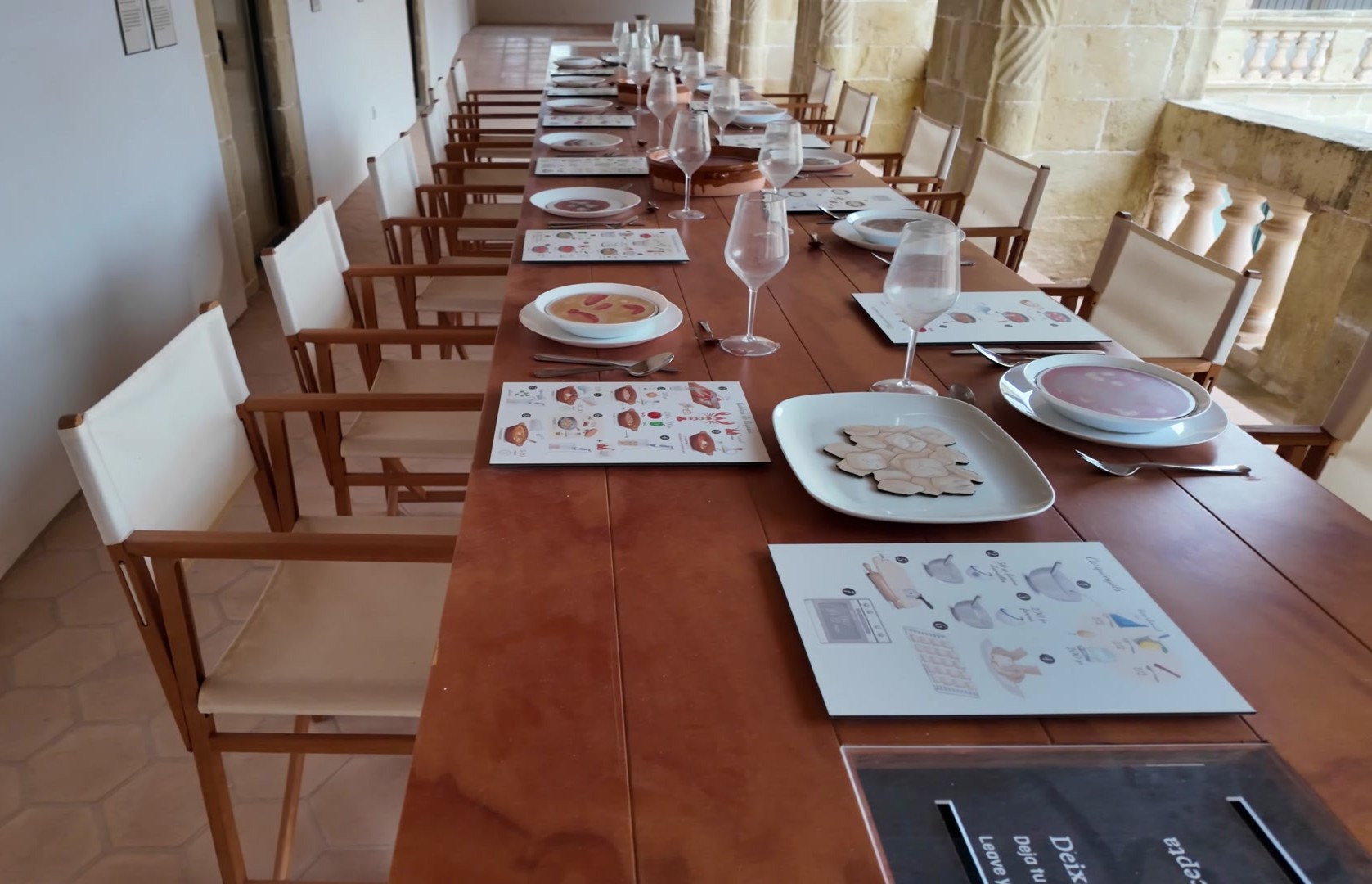

Near Alaior there is also a modern art museum called La Hué. A museum like this in such a village is unexpected but wonderful. Even the buildings are very aesthetic and eye-catching. The collection includes works by artists like Joan Miró, Antoni Tàpies, Victor Vasarely and Alexander Calder. I especially liked the double-sided graphic works and Calder’s drawings. The design aspect was very impressive. The building was once a hospital but looks far too elegant and stylish for that role. You can go out on the balcony where there is also a small sculpture exhibit. Joan Miró’s works are featured here too. The building’s refined appearance doesn’t match its old hospital function.
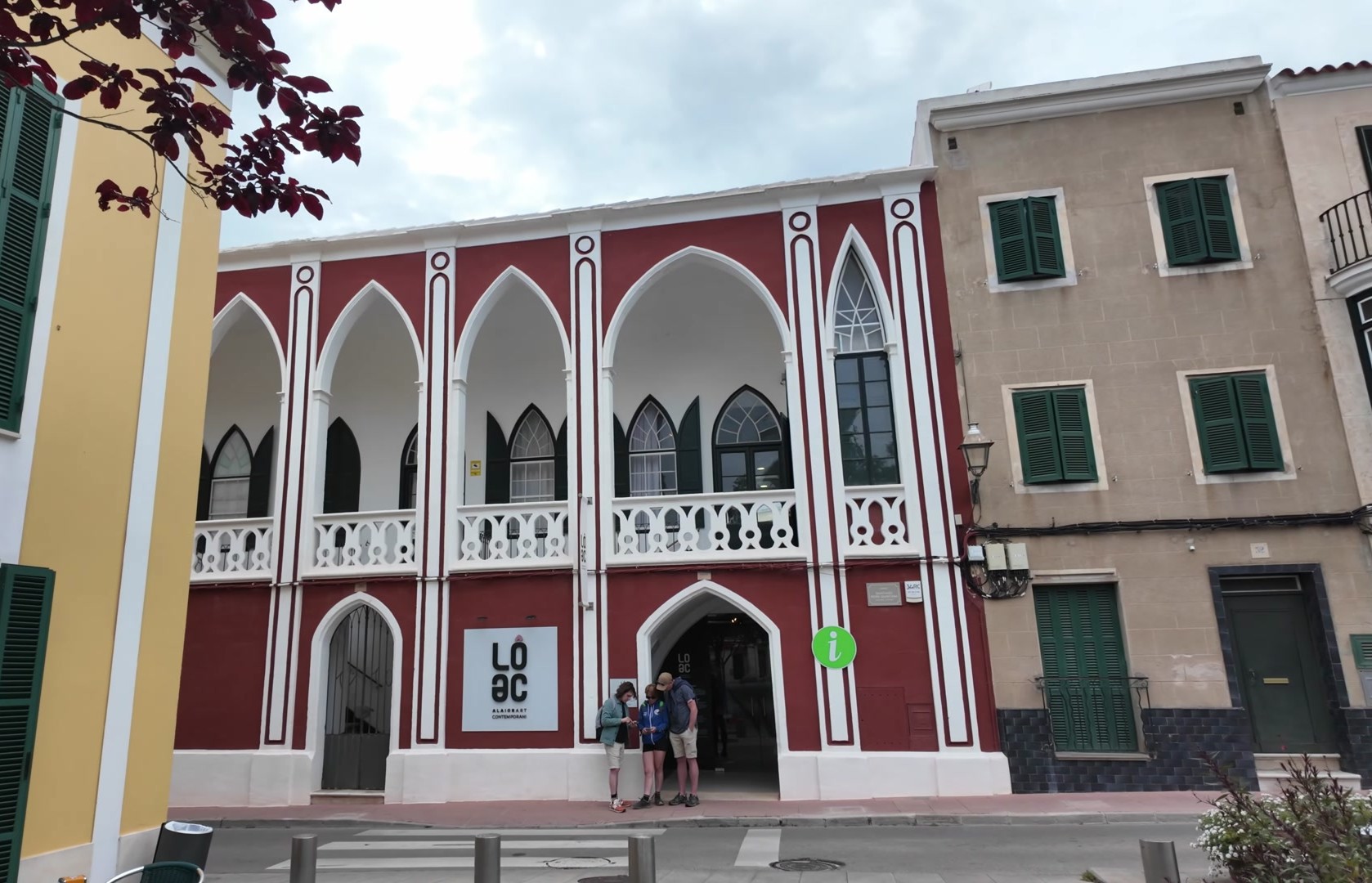



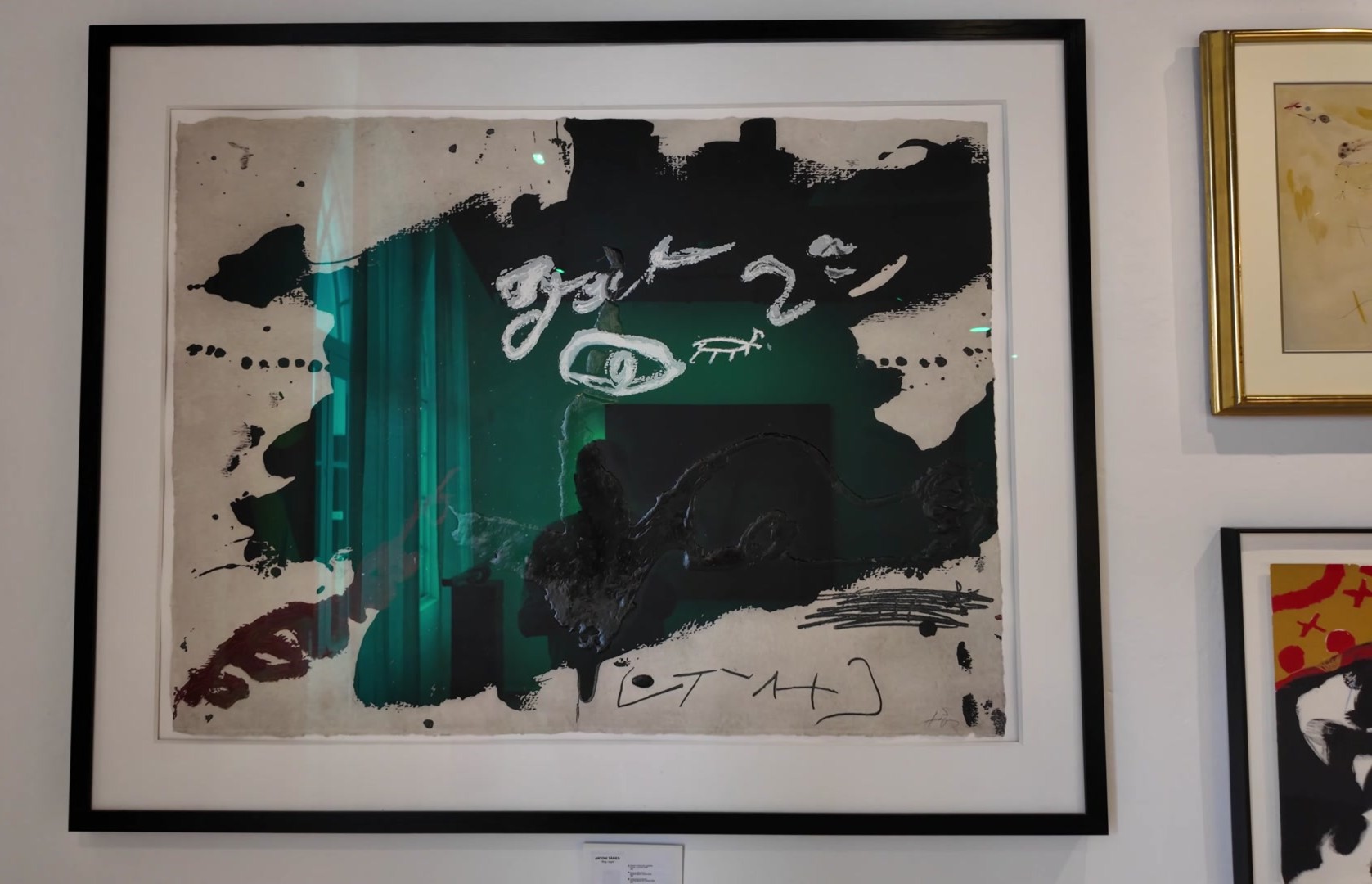


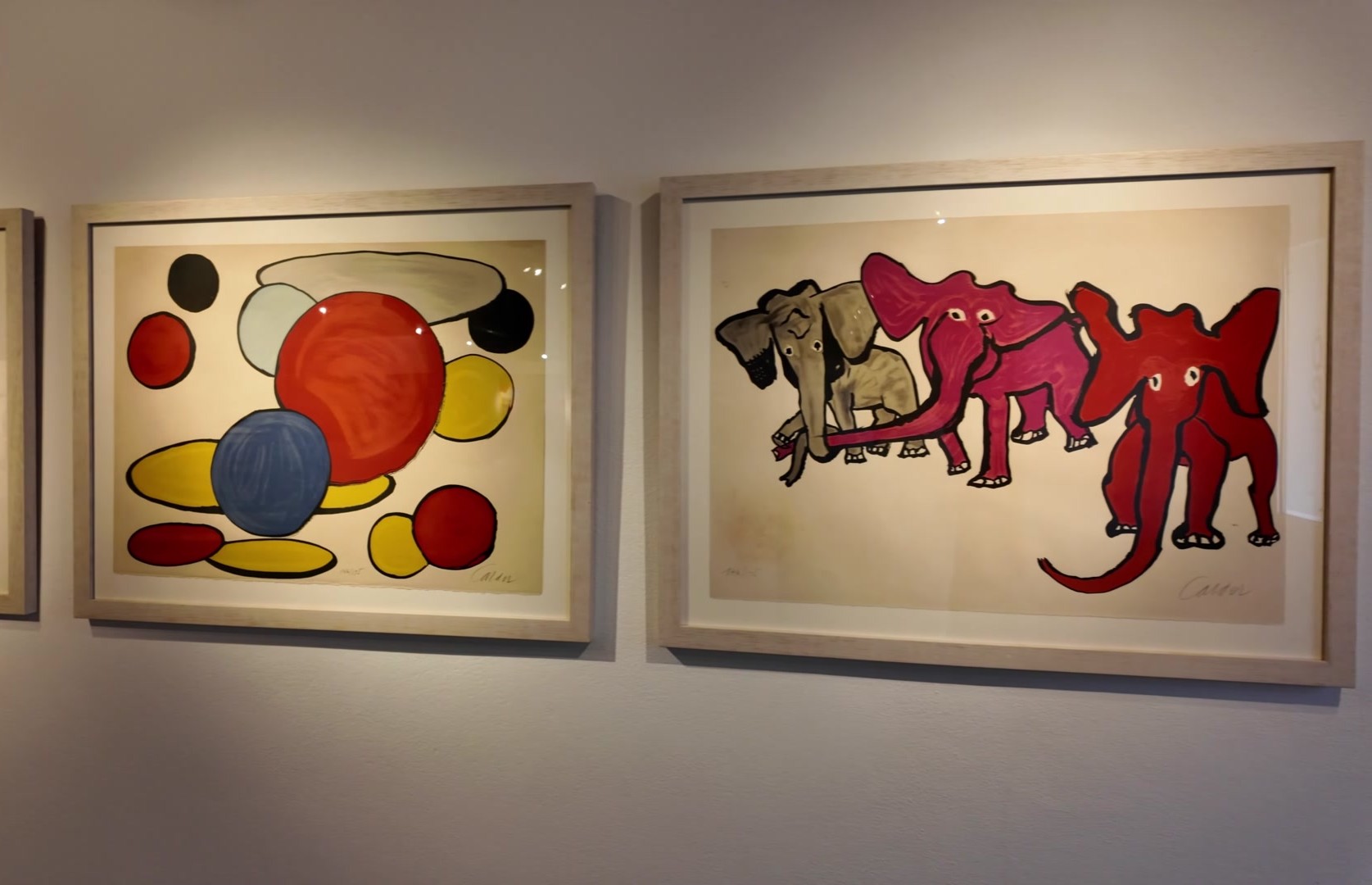


The natural scenery here is also very striking. Buildings made of local sandstone stand out. The word naveta means small ship in Catalan and is used for the characteristic stone tombs in the area. I’ve seen similar structures in Malta and Italy but the ones here look much simpler and less decorated. These types of structures generally date back to around 2000 BC and belong to the megalithic period.
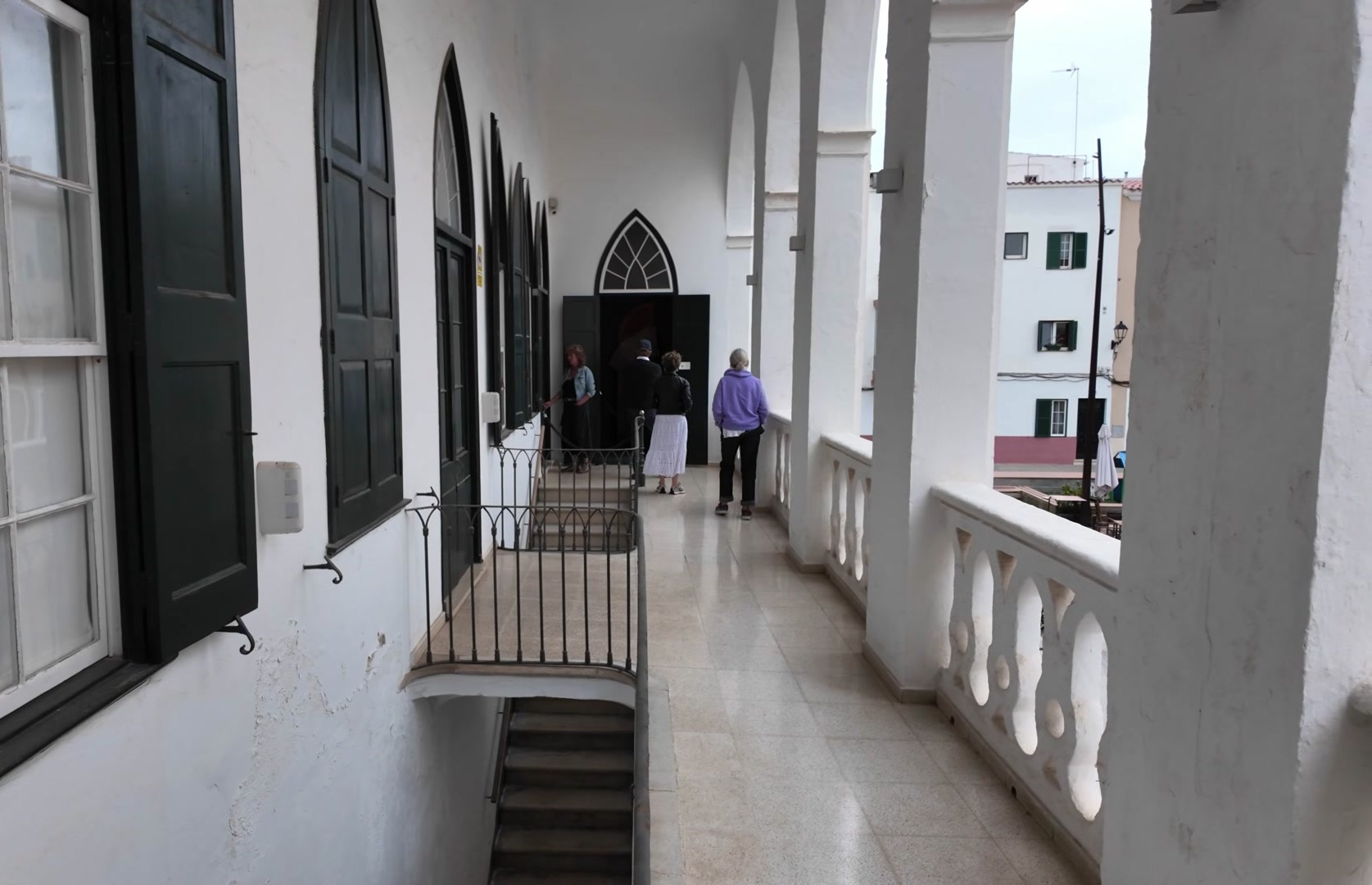

We visited one of these navetas. It was actually a tomb with a single entrance. The exterior was quite plain and the interior was narrow and long. It’s not entirely clear what these structures were used for but they were most likely part of religious ceremonies. Some may have been used for wedding rituals or astronomical observations.
I’ll share more about the rest of my trip in my next posts.
See you soon, freinds.
You can check out this post and your own profile on the map. Be part of the Worldmappin Community and join our Discord Channel to get in touch with other travelers, ask questions or just be updated on our latest features.
Hiya, @ybanezkim26 here, just swinging by to let you know that this post made it into our Top 3 in Travel Digest #2587.
Your post has been manually curated by the @worldmappin team. If you like what we're doing, please drop by to check out all the rest of today's great posts and consider supporting other authors like yourself and us so we can keep the project going!
Become part of our travel community:
Thank you so much 🙏
You are very welcome @larissalugo! it was well deserved. ☀️
We are already looking forward to reading more about your adventures!
Congratulations @larissalugo! You have completed the following achievement on the Hive blockchain And have been rewarded with New badge(s)
Your next target is to reach 10000 upvotes.
You can view your badges on your board and compare yourself to others in the Ranking
If you no longer want to receive notifications, reply to this comment with the word
STOP